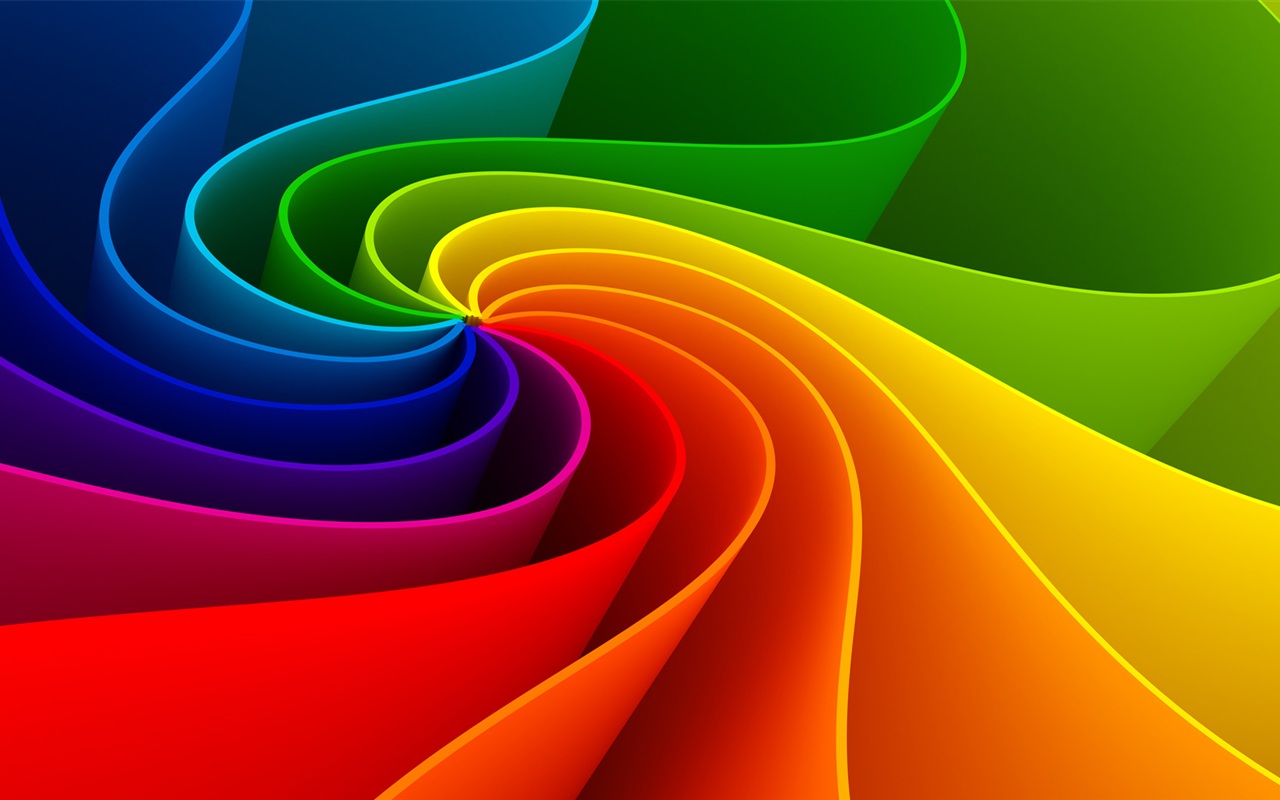Color is the property possessed by objects of producing different things on the eyes as a result of the way it reflects light. Most of the time determined by hue and saturation.
Types of Colors
Color Wheel

Is a perfect circle shape which has been divided identically into twelve slices, where each part is showing a different color according to its situation. See picture below.
All colors are created from the three famous primary colors (red, green and blue). The three primary colors are shown forming a triangle in the color wheel.
The color wheel shows monochromatic colors, complementary colors, analogous colors and neutral colors with its features as warm or cold colors.
Standard color schemes
Monochromatic color
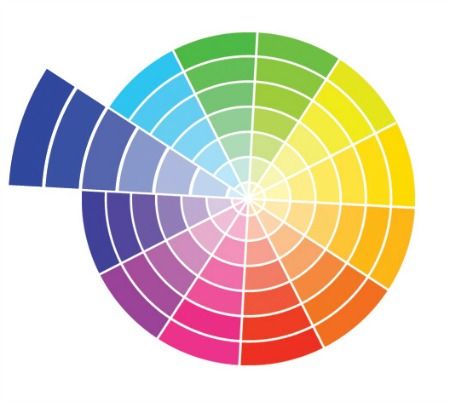
In this scheme, there is a base color which is used in varied value and intensity. Though this color scheme is considered poor and based on monotony is useful for arts.
Complementary colors
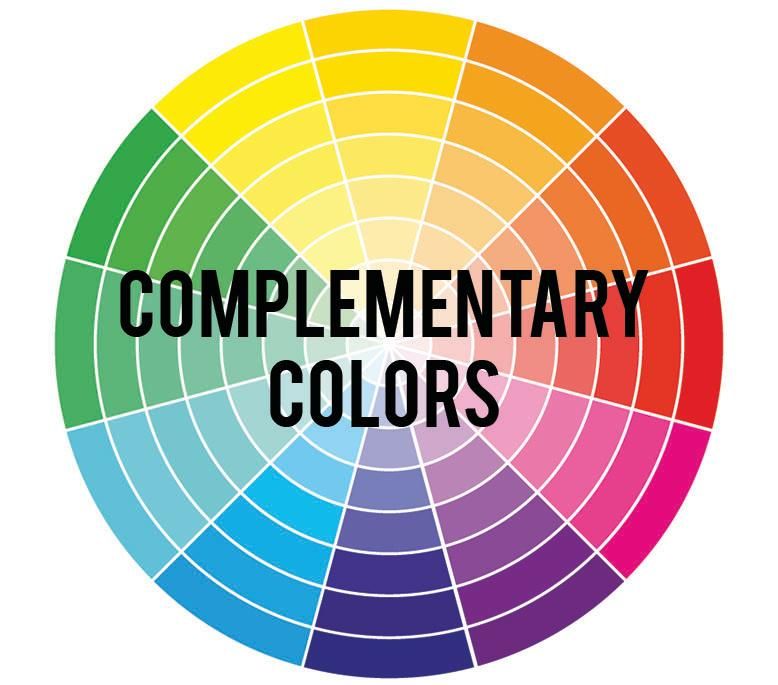
Are opposite each other on the color wheel. Because they are opposites, they look like lively when they are used together, but if you mix them it creates a grey.
Analogous colors
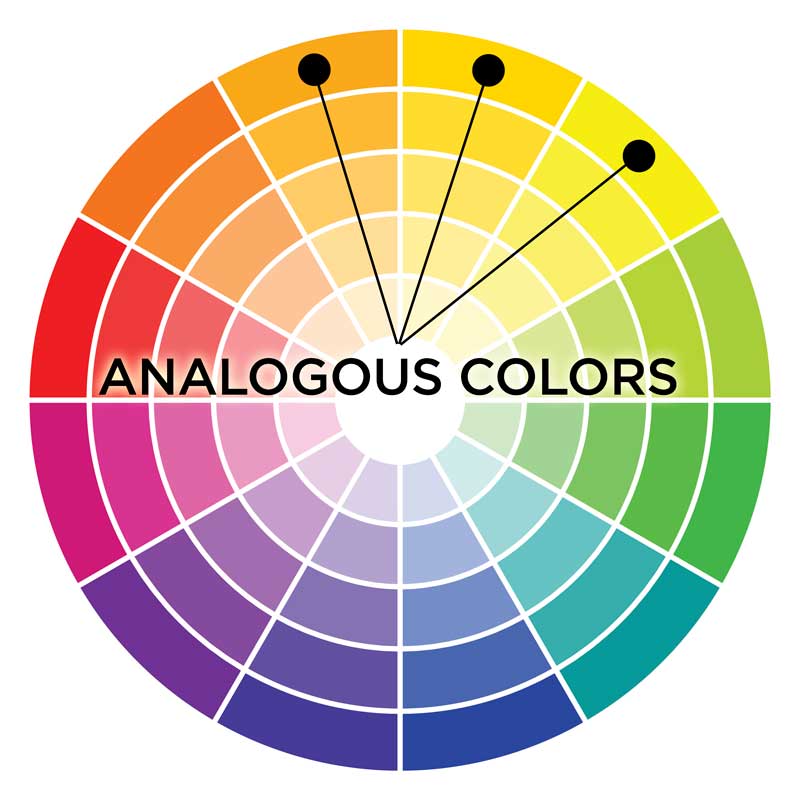
As you see, they sit next to each other on the color wheel. They tend to look similar and nicely together because they are closely.
Neutral colors
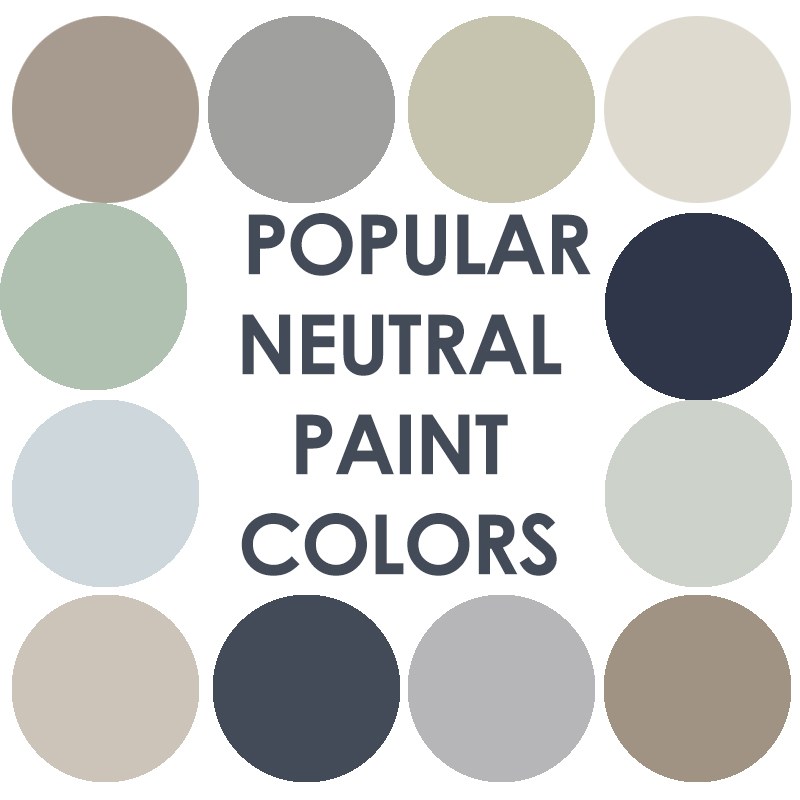
They do not usually turn up on the wheel. In general ,neutral colors which include as you probably suppose black, white, gray, and in some cases brown.
Types of colors on the basis effects
Warm colors
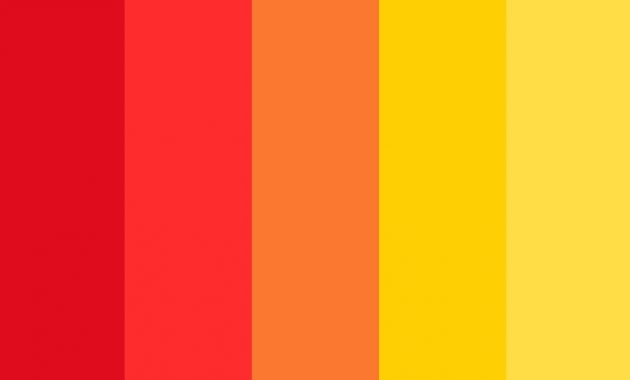
Usually are created by using red, orange, yellow, or some combination of these. Warm colors tend to make you think of sunlight. The use of warm colors could keep an idea of warmness.
Cold colors
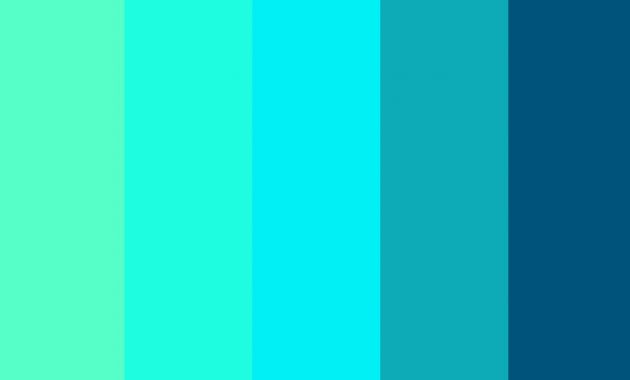
Are made with blue, green, violet, or some other possible combination. Cold colors should make you think in cool and relaxed environments, like icebergs and snow.
